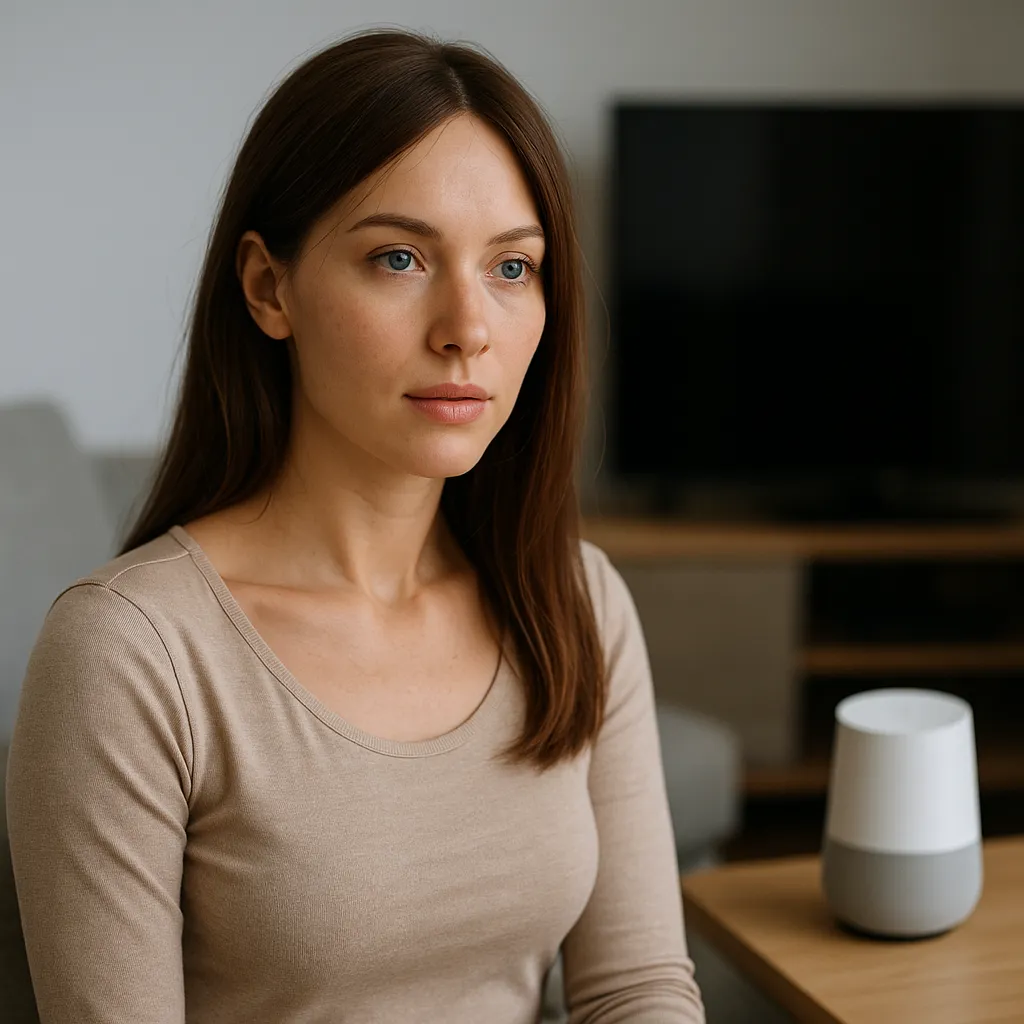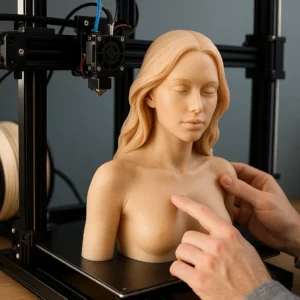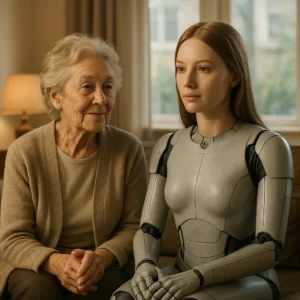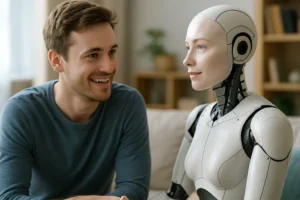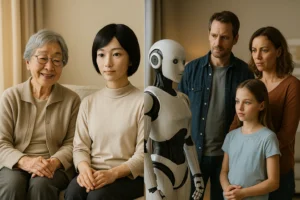Artificial intelligence (AI) is transforming many industries, from healthcare to entertainment, and one surprising area of innovation is the development of realistic companions. While many associate this with the adult industry, the reality is that AI-driven lifelike dolls and humanoid robots are becoming important in fields such as healthcare, mental well-being, companionship, and even education. These creations are no longer just static objects — they are increasingly interactive, adaptive, and capable of building meaningful connections with people.
The Evolution from Static Dolls to Smart Companions
In the past, lifelike dolls were designed mainly for visual realism, focusing on material quality and physical detail. With advancements in robotics and AI, the role of these companions has shifted dramatically. Today’s versions are able to move, speak, recognize faces, and even learn from interactions. This evolution means that what was once considered a novelty item now has the potential to serve real functions, such as emotional support, therapy, or social training.
AI-Powered Features that Bring Companions to Life
Artificial intelligence adds layers of realism that make companions more engaging. Some of the most common features include:
- Voice recognition and conversation skills – allowing natural communication.
- Facial recognition – enabling the companion to “remember” people and respond personally.
- Machine learning – adapting to the owner’s preferences over time.
- Gesture and movement control – making interactions feel more authentic.
These AI-driven improvements mean companions can now provide interactive experiences rather than just serve as static figures.
Applications Beyond the Adult Industry
A key reason why AI-powered companions are gaining attention is their potential outside of adult contexts. For example:
- Healthcare and Elderly Care – Companions can offer emotional support to seniors, reduce feelings of isolation, and remind them of daily tasks such as taking medication.
- Mental Health Support – People suffering from anxiety or depression may benefit from a non-judgmental presence that provides comfort and conversation.
- Education and Training – Lifelike companions can be used as tools to help children with autism practice social skills in a safe environment.
These applications show that the technology is versatile and can be applied in socially beneficial ways.
Ethical Considerations and Social Perceptions
With every new technology, ethical questions arise. The development of AI-driven companions sparks debates about human relationships, social isolation, and the boundaries between human and machine interaction. Critics worry that reliance on artificial companions could reduce genuine human connection, while others argue that they may provide much-needed support for people who struggle with traditional relationships.
Society’s perception of these companions is also shifting. What was once considered taboo is gradually being seen as innovative technology with real-world applications. Just as smartphones were initially met with skepticism but are now essential, AI companions may follow a similar path.
The Future of AI Companions
Looking ahead, AI companions are expected to become even more advanced. Integration with the Internet of Things (IoT) could allow them to control smart homes, while improved natural language processing may make conversations indistinguishable from human dialogue. Additionally, more sustainable and eco-friendly materials are likely to play a role in their production, aligning with global environmental trends.
As technology evolves, these companions may be less about replacing human relationships and more about complementing them. They could serve as assistants, therapists, or even household helpers — proving that the future of AI companions extends far beyond their original purpose.
Final Thoughts
Artificial intelligence is reshaping the concept of companionship by merging robotics, psychology, and design into one. From supporting mental health to enhancing daily life, AI-driven companions demonstrate how technology can create meaningful solutions for human needs. While challenges and ethical debates remain, one thing is certain: the journey from simple dolls to intelligent companions has only just begun.

